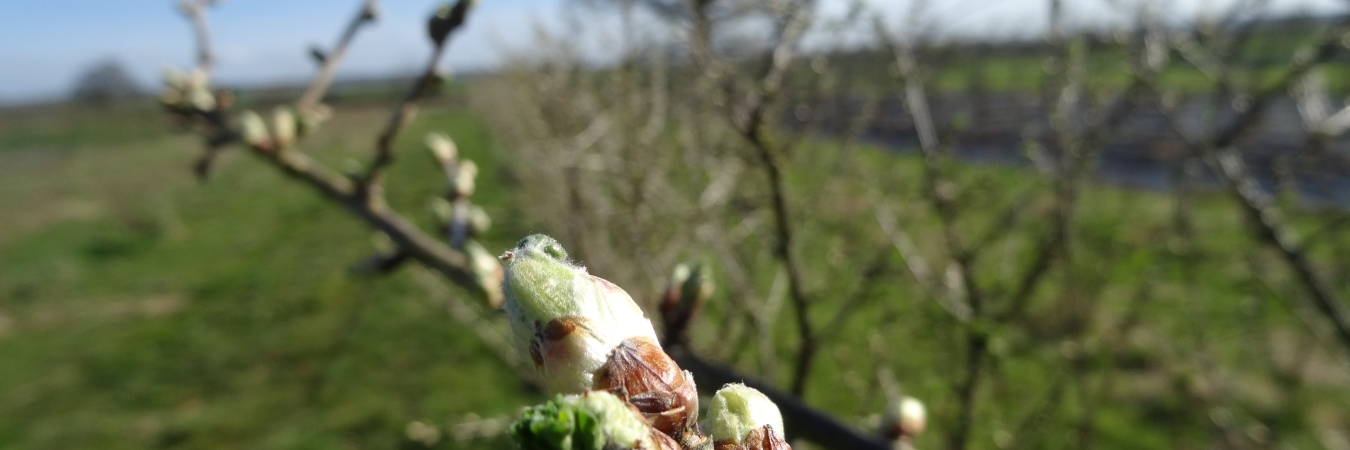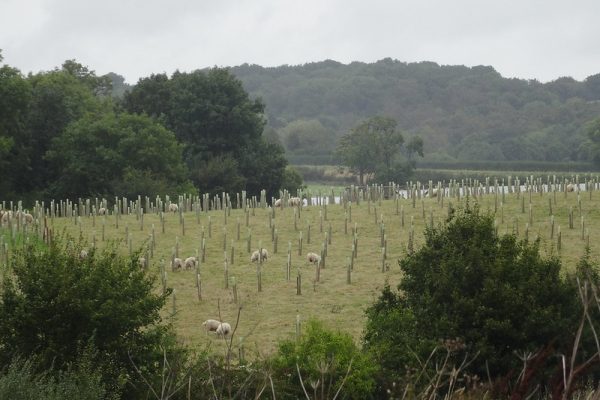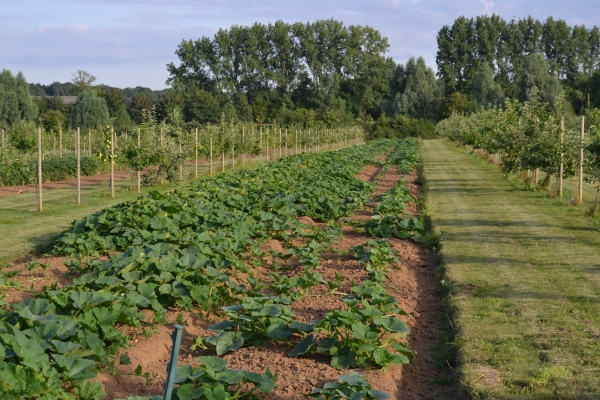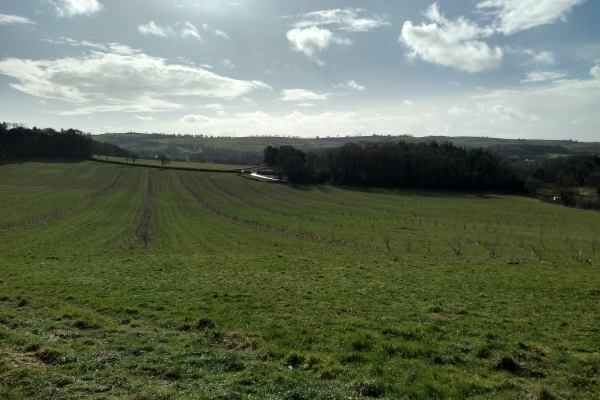Agroforestry in the UK
Resource explained
This film, created by the Soil Association through their involvement in the FABulous Farmers project, explores some of the many benefits that can be experienced from different agroforestry systems. It features Ben Raskin explaining what agroforestry is and showing a field at Eastbrook farm that has 19 different species of trees and nuts, and an alley cropping field that will provide shade, shelter and browse for cattle. ORC researcher Lindsay Whistance talks about the important part trees can play in helping to manage carbon sequestration, nitrogen sequestration and methane. Martyn Bragg of Shillingford Organics explains the many benefits that have come from combining alleys of trees with vegetable crops, and Jon Perkin and the Apricot Centre’s Martina Brown-O’Connell, talk about the advantages of the system run at the Dartington Hall Estate, where sub tenants have taken on a strip of land and planted their own trees which they can take produce from.
Findings & recommendations
- The FABulous Farmers project aims to support farmers to transition to more agroecological practices on their farms and is funded by the European Regional Development Fund for North West Europe, Interreg. Find out more here.
- Introducing a diverse agroforestry system into a farm can create more complexity but can lead to a more resilient and productive system.
- Animals being allowed to browse on trees high in reduced tannins can reduce the level of methane produced in digestion.
- Trees can help regenerate soil and biodiversity, including beneficial insects who are able to predate crop pests.
- Agroforestry systems can help boost farm profitability by providing another range of produce to sell.
- As well as providing wind and shade shelter, trees can create their own microclimate; as Martyn Bragg has experienced, crops can be two weeks later in more exposed fields.
- Combining vertical and horizontal farming (standard cropping with additional cropping provided by trees) can lead to overall yield in a field being higher than if there is just one crop.
The Agroforestry Handbook is an invaluable handbook in helping you assess the potential business benefits of agroforestry for your farm or client and to understand the possible benefits to the wider environment – see here.








